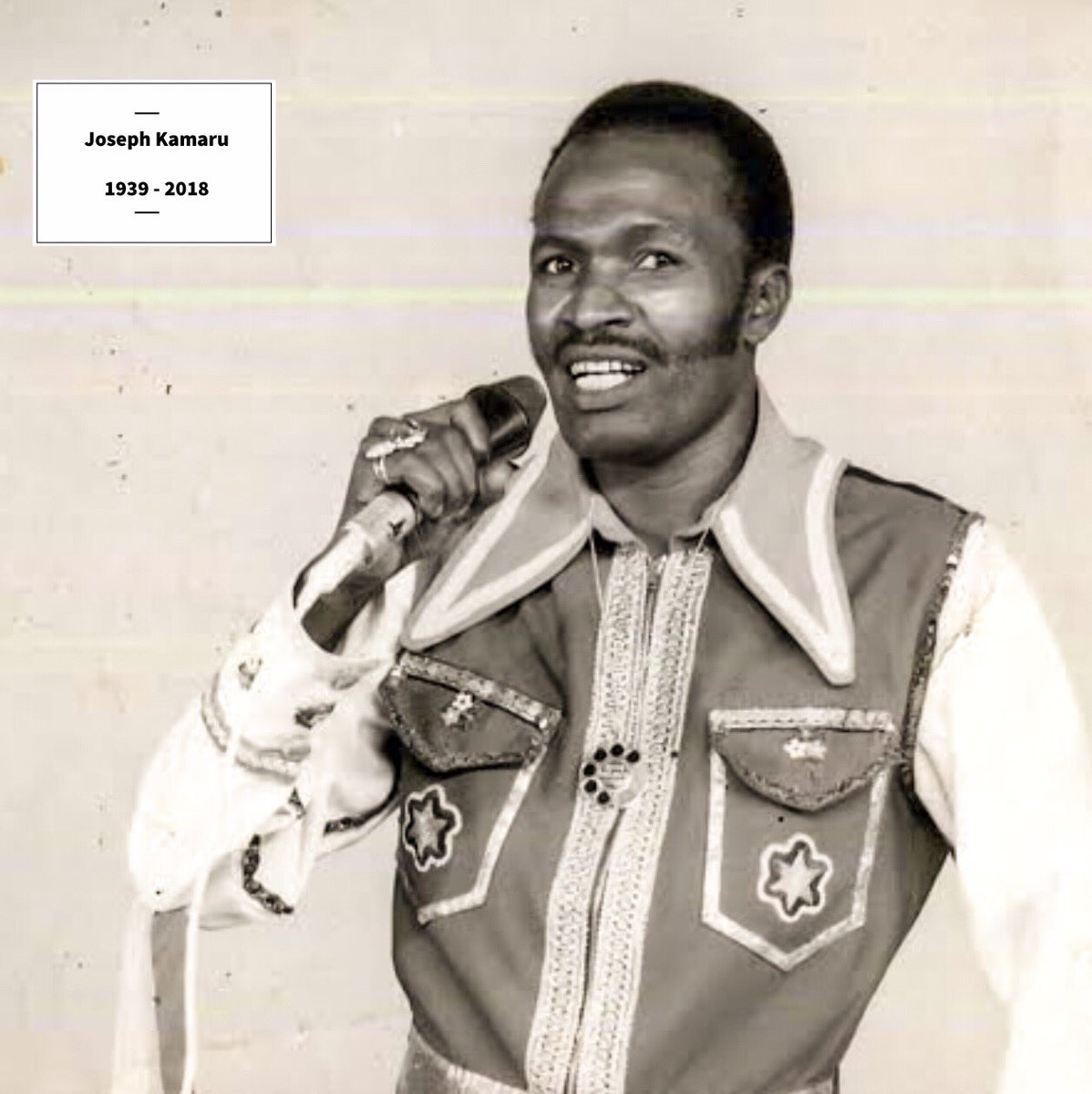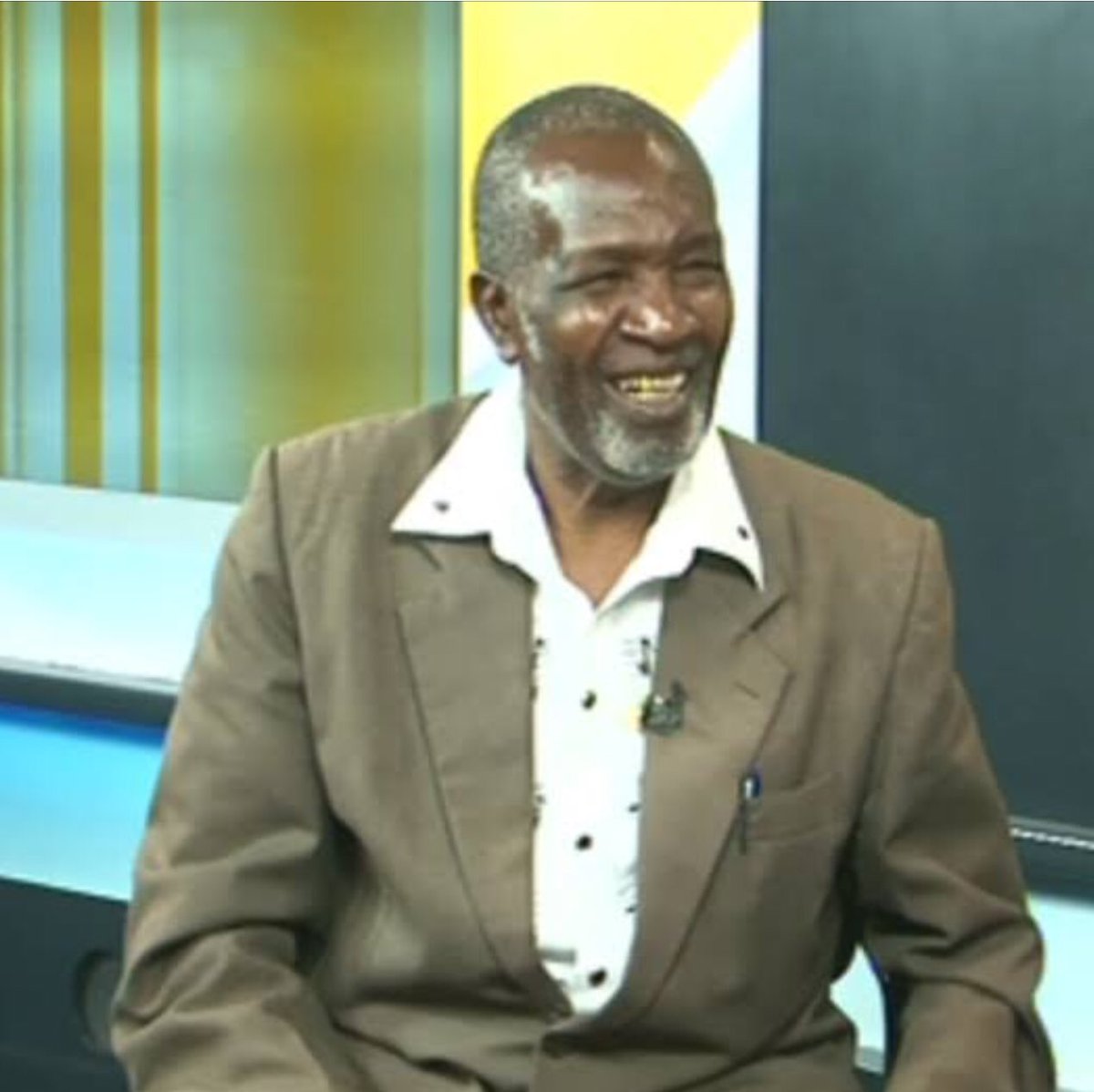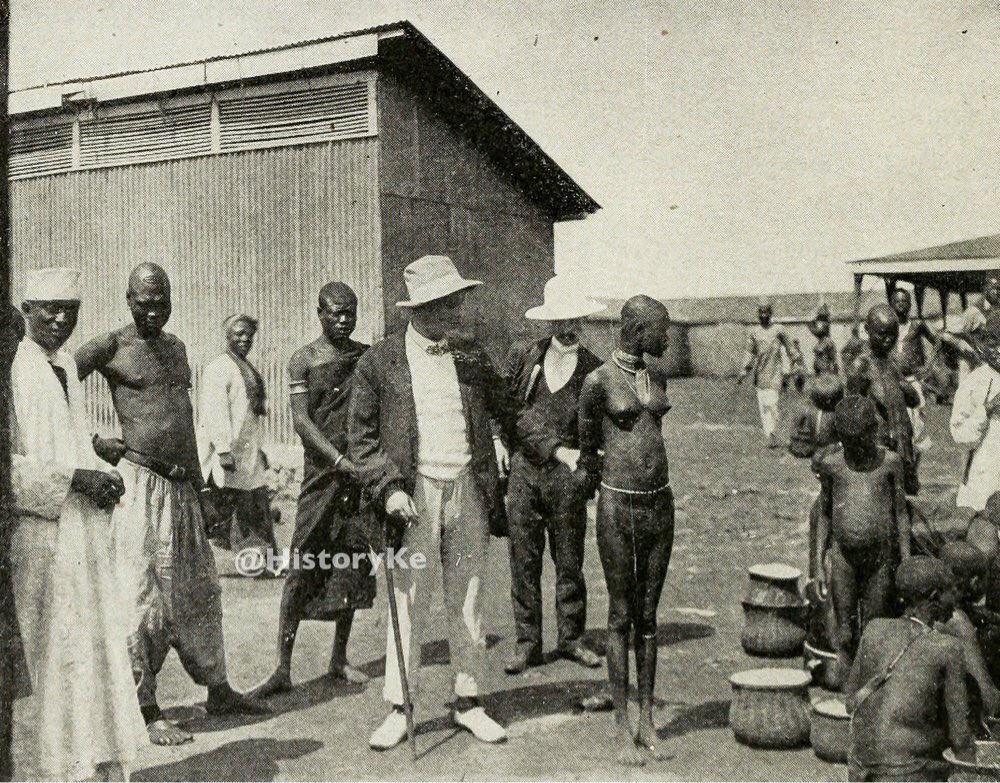1/30 #HistoryKeThread: Raila Odinga accompanied by his late son Fidel on a tour of the Nyayo House torture chambers in 2002. 

2/30 The torture chambers gained notoriety in the 1980s, when one of the most atrocious crackdowns on dissidents in Kenya by the country’s dreaded Special Branch took place.
3/30 It was the year when the then KANU regime rounded up individuals alleged to belong to the proscribed Mwakenya, an underground movement created to fight for pluralism in Kenya.
4/30 Those accused of being members of Mwakenya included Oduor Ong’wen, Maina Wa Kinyatti, Kiongo Maina, Wanyiri Kihoro, Mwandawiro Mghanga, Prof. Edward Oyugi, Njeru Kathangu, Lumumba Odemba, Whispers aka Wahome Mutahi, Prof. Katama Mkangi and Maurice Adongo.
5/30 Others like Muhoro Githirwa and Kaara Macharia escaped to Tanzania for their safety in October of 1986.
6/30 Those arrested were held at various police stations before being transferred to the infamous Nyayo House torture chambers, where they underwent grilling under inhumane conditions.
7/30 Professor Edward Oyugi recalled how for several weeks he was locked up at Mûthangari Police Station, driven around the city at night blindfolded, before being incarcerated in waterlogged basement cells at Nyayo House.
8/30 Whilst there, he met the dreaded Superintendent James Opiyo, the Kenya Police’s Torturer-in-Chief, the frail-looking bespectacled man seen here in a recent photo. 

10/30 “Early one morning Opiyo paid me a visit to confirm whether I was still in water. Opiyo was still in his pyjamas and slippers. I got so annoyed and asked him, ‘Have you come all the way from Langata to enjoy my suffering instead of being in bed enjoying...
11/30 ...the warmth of your wife?’”
12/30 Opiyo was so stung and infuriated by my apparent insolence that he picked one of his slippers and threw it at me, Prof. Oyugi narrated
13/30 There were tough female police officers, too. And Oyugi recalled two “women torturers” who threatened to circumcise him.
14/30 Spouses of alleged Mwakenya movement members were also not spared. Emma Wayula, a Secretary in the the Ministry of Education, was one of them.
15/30 "From 10th December 1990 to 18th February 1991, they shunted me from Bungoma, Eldoret forest,Kakamega, Webuye Falls and back to Bungoma. In between, they beat me using a whip, pierced my fingers with a needle and forced me to do all sorts of exercises...
16/30 ...including press-ups while demanding information on guns and underground movements....”, Emma recalled her ordeal.
17/30 “In June 1991, I was finally released but I have yet to recover my health and social status”, she told officials of Friedrich Ebert Stiftung, who published the afore-mentioned book.
18/30 On some occasions, suspects at the Nyayo House torture chambers, like one Peter Njenga Karanja, succumbed to their injuries.
19/30 He was arrested from his restaurant in Nakuru on allegations of being a member of Mwakenya.
20/30 He died in February of 1987, a victim of internal bleeding and open wounds inflicted upon him following weeks of brutal torture at Nyayo House.
21/30 The outcry from international agencies and the public forced the Moi regime to accede to demands for an inquest into his death.
22/30 Dr. Peter Carberry, who examined Karanja, described his condition as “malnourished, restless and uneasy” when four Special Branch officers brought the deceased to him in a wheelchair.
23/30 Said he:
24/30 “The ulcers on his body were bad, open and quite visible to the naked eye. The skin was badly shattered. The whole thing (wound) looked like a crater, a deep tissue with pus emanating from it."
25/30 In his ruling, the Chief Magistrate, Mr.Joseph Mango, said “Karanja died like a caged animal as police stood guard over him throughout his dying moments.”
26/30 The magistrate ruled that there was no doubt that “some offence had been committed”. But no one was charged for the offence as the officer in charge of the Mwakenya interrogation, Supt. James Opiyo, refused to give identity of the officers, claiming that
27/30 doing so would compromise state security.
28/30 Although I have cited a few cases of torture and incarceration, there exists in history far more similar cases of Mwakenya suspects suffering inhuman police treatment.
29/30 For more reading on the Mwakenya crackdown, I recommend Maina Wa Kinyatti’s book, “Mwakenya - the Unfinished Revolution”. 

30/30 Some of the photos used here are courtesy of the Standard Media Group.
• • •
Missing some Tweet in this thread? You can try to
force a refresh















